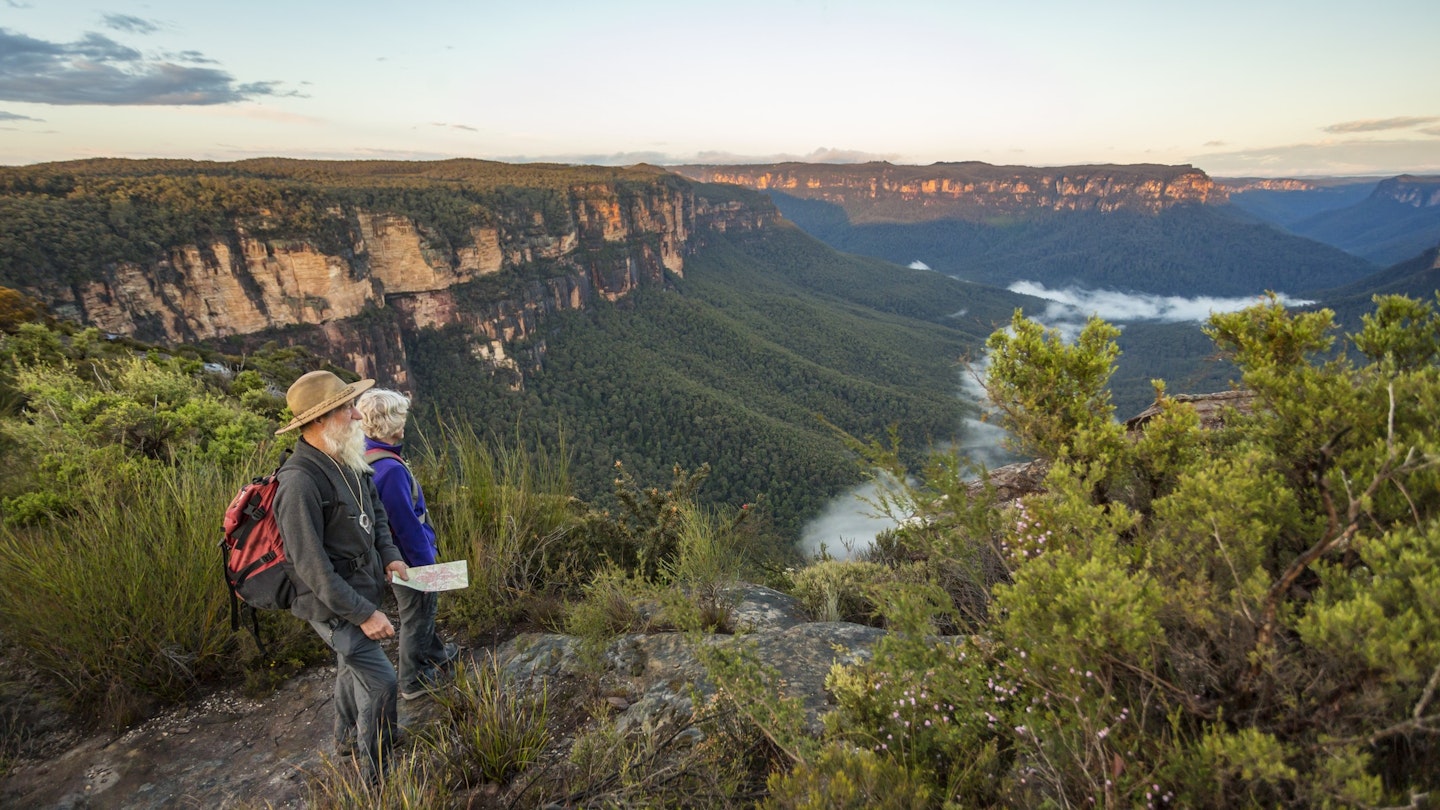When to Visit Australia: A Seasonal Guide
As the largest island on the planet, Australia stretches across several timezones, boasting a diverse range of landscapes from vast arid deserts to lush tropical rainforests and bustling coastal cities. Each season in Australia offers unique experiences, resulting in various magical moments depending on your preferences and the activities you have in mind.
Summer can present a variety of climates: from comfortable temperate days to blistering heat or extreme humidity with frequent rain. Conversely, winter may bring snow or sunshine, depending on your location. Therefore, the best time to explore Australia truly hinges on what you aim to do during your visit.
December to February: Ideal for Major Sporting Events and Festivals
During the summer months of December to February, Australia comes alive with vibrant festivals and major sporting events. While experiencing ideal sunny days, be prepared for peak travel season, which brings larger crowds and increased accommodation rates, especially during the Australian school holidays from late December to late January.
You can enjoy significant events such as the Australian Open tennis tournament in Melbourne and the awe-inspiring Sydney Festival. In addition to these, quirky regional celebrations like the Parkes Elvis Festival coincide with the King of Rock and Roll’s birthday.
February also offers fantastic opportunities, including the world-renowned Fringe Festival in Adelaide and Sydney’s glittering Gay and Lesbian Mardi Gras. During this lively time, a plethora of outdoor music festivals occur across Australia, bringing locals and tourists together.

March to May and September to November: Perfect for Outback and City Exploration
The shoulder seasons of autumn (March to May) and spring (September to November) provide an incredible opportunity to explore both urban and rural areas, though some regions may experience increased rain during these times. Milder temperatures make this the ideal season to visit the iconic Uluru-Kata Tjuta National Park and hike routes such as the Larapinta Trail and Heyson Trail.
For those heading to the Kimberley, visiting between March and May can result in breathtaking views of waterfalls at the end of the wet season. However, it’s essential to note that school breaks during these months may affect accommodations.

June to August: Ideal for Snorkeling and Winter Sports
The winter months from June to August are typically the most affordable time to travel around Australia. With fewer tourists and reduced prices for flights and accommodations, now is the time to enjoy attractions without the crowds.
During winter, popular spots like Uluru and the northern regions become bustling with tourists escaping southern chills. Additionally, those interested in winter sports can ski in areas such as the Snowy Mountains in New South Wales. For marine enthusiasts, it’s an excellent time to explore the Great Barrier Reef, as jellyfish are less prevalent during these cooler months.

May to September: Vibrant Winter Festivals
Winter doesn’t mean an end to celebrations; in fact, May to September is packed with festivals across Australia. For example, the Parrtjima Festival in Alice Springs showcases First Nations culture through stunning light installations. Alternatively, Hobart’s Dark Mofo festival features live music and impressive bonfires.
Moreover, Sydney’s Vivid Festival captivates audiences with its striking light displays and thought-provoking presentations, while Melbourne and Adelaide host their exciting arts festivals featuring immersive events.
May to November: Prime Time for Whale Watching
Whale enthusiasts should mark their calendars for May through November. During these months, the majestic whales migrate along Australia’s coastlines, offering incredible sighting opportunities. South Australia, Tasmania, and Victoria are particularly noteworthy locations to observe southern right whales and humpbacks.
Diving enthusiasts may also be in for a treat as Tasmania’s southern latitudes sometimes showcase the enchanting aurora australis, also known as the southern lights.

August to October: Experience Unique Wildflowers
While the idea of spring flowers may be common, the wildflowers of Australia are truly exceptional. Western Australia alone is home to over 12,000 species, with 60% being endemic to the region. The period from August to October marks the Kambarang season, showcasing a breathtaking display of wildflowers. Festivities such as the EverNow Festival in Perth highlight this unique blooming period.
The enchanting blooms can be experienced across numerous locations, including the Blue Mountains, Jervis Bay, and Ikara-Flinders Ranges National Park. Regional flower festivals, particularly Canberra’s Floriade and Toowoomba’s Carnival of Flowers, significantly celebrate this season.
This article has been updated to reflect the best seasonal experiences in Australia as of October 2023.





